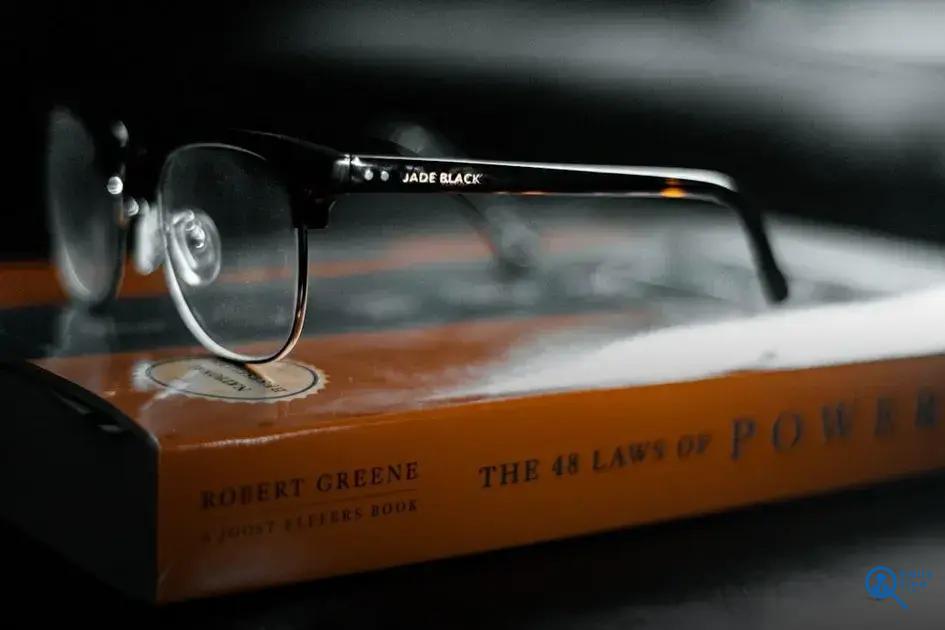When crafting a resume, you might wonder, “Should you include a photo on your resume?” It’s a common question that job seekers face when trying to make a strong impression. In this article, we’ll explore the benefits and drawbacks, cultural variances, and alternatives to help you make an informed decision. Whether you’re applying for a creative role or a corporate position, understanding the implications of including a photo can impact your job hunt success.
The Pros and Cons of Adding a Photo
The Pros of Adding a Photo
Including a photo in your resume can create a lasting impression on potential employers. A well-chosen image helps in making your resume memorable and can provide a sense of personality that is not evident in text alone. It can also foster a personal connection with recruiters, which can be beneficial in roles that require client interaction or public relations.
A photo also helps in creating an online brand identity, especially if your LinkedIn profile includes the same picture. This consistency can enhance your professional image and make you appear as a more approachable candidate.
The Cons of Adding a Photo
On the downside, including a photo can lead to unconscious bias during the recruitment process. Some employers might focus more on appearance rather than your skills and experiences. This might lead to decisions being influenced by factors unrelated to job performance, which can hurt your chances if biases exist.
Moreover, some employers prefer to remain neutral by focusing on qualifications and experiences rather than personal appearance. In these cases, an attached photo might even be seen as unnecessary or unprofessional.
Privacy is another concern. Sharing your photo might lead to misuse or potential online exposure without your consent, especially with the increasing presence of fraudulent activities online.
Cultural Differences and Industry Standards
Cultural differences play a significant role in determining whether or not to include a photo on your resume. In some countries, such as Germany and Japan, a resume photo is often expected, and omitting it might raise questions about cultural awareness. Meanwhile, in the United States, placing a photo on your resume can be frowned upon due to anti-discrimination laws aimed at preventing bias during the hiring process. Similarly, the UK generally advises against including photos, emphasizing qualifications and experience instead.
Aside from regional variations,
industry standards
also affect the decision to add a photo. For instance, creative industries—like modeling, acting, or media—might prefer resumes with photos to showcase the applicant’s visual attributes or on-screen presence. Conversely, fields that prioritize skills and achievements over appearance, like finance or law, typically don’t require photos and might even discourage them.
Understanding these nuances is crucial. An awareness of both the cultural context and industry practices can guide you in presenting yourself effectively to potential employers. It illustrates an ability to adapt to varying expectations, which can be a valuable skill in itself.
Tips for a Professional Resume Photo
When choosing a photo for your resume, ensure that it is professional and reflects the industry you’re applying to. Wear appropriate attire that aligns with the job role. For a corporate position, a suit or formal attire might be suitable, while creative industries might allow for slightly more casual or fashionable clothing.
Pay attention to the background in your photo. Opt for a neutral or plain backdrop to keep the focus on you, avoiding any distracting elements. Natural lighting is preferred, but if that’s not possible, ensure good lighting to clearly highlight your face.
Your expression is incredibly important. Aim for a friendly and approachable smile that conveys confidence and professionalism. This can help in making a positive first impression. Additionally, consider posing with your head and shoulders visible, facing the camera directly, to create a straightforward and honest appearance.
Avoid using any filters or heavy photo editing. Your picture should look like you in a professional setting. It’s essential that your photo represents your current appearance to ensure there are no surprises during an interview.
If you’re unsure about your photo options, it may be worth hiring a professional photographer who specializes in corporate headshots. They can offer guidance on the best poses, attire, and backgrounds to achieve the most professional look for your resume photo.
Alternatives to Including a Photo
- Highlight Key Skills: Instead of a photo, focus on listing skills and abilities that are directly relevant to the job. Make sure these are easy to spot and understand.
- Utilize a Professional Summary: Craft a strong summary that highlights your professional experience and accomplishments. This can be more impactful than a picture.
-
Design and Layout:
Ensure your resume is visually appealing with a clear structure and consistent formatting. Use headings, bullet points, and spacing effectively to guide the reader’s eye through the document.
- Include Certifications and Awards: Showcase your achievements and recognitions as they validate your expertise and dedication to your profession without needing visual elements.
- Testimonials or Quotes: If applicable, include brief quotes from recommendations or testimonials that speak to your character and abilities. This adds a personal touch without having to rely on imagery.
- Embed a Digital Portfolio Link: If your work is visual (e.g., design, art, photography), provide a link to your online portfolio where potential employers can explore your projects further.
- Objective Statement: Use this section to explain your career goals and how they align with the company’s objectives. A targeted objective can capture attention as effectively as a photo.
-
Highlight Education and Training:
Clearly display your educational background and any ongoing professional development activities. This shows you’re committed to continuous learning and personal growth.

